Favourite Windsor Spitfires
As previously noted, my adopted home town has always been Windsor. I have first cousins who were born there. My uncle owned a bar there for decades. I have a son who is a criminal lawyer in Windsor. And next to the thousand or so Ontario Hockey League games that I have watched in Sault Ste. Marie over the years, I have probably taken in a couple of hundred more in Windsor.
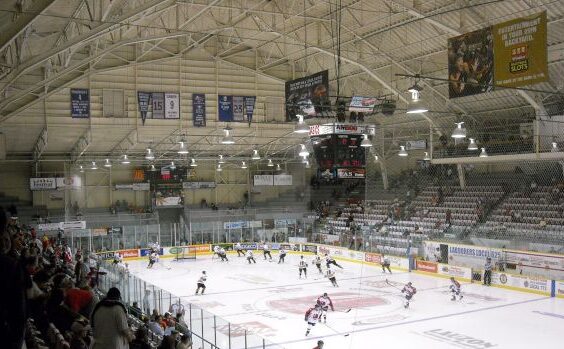
Suffice to say that I have been a Windsor Spitfires follower for a long time, having watched so many Thursday night home games at rickety Windsor Arena, beginning with their OHL debut season of 1975-1976.
The old Windsor Arena — built in 1924, located in the gritty downtown area on the corner of Wyandotte and McDougall streets and affectionately known as ‘the Barn’ — served as the Spitfires home rink until 2008 when the franchise relocated to a new, antiseptic location on the outskirts of the city.
To be sure, I have a number of favourite Spitfires from over the years. And while a few were star players, many more were underdog journeymen who overcame the odds just to make it to the OHL.
My 10 favourite OHL Spitfires of all time are as follows. They are listed in chronological order of when they played for the Spitfires.
BRAD SMITH. A likeable individual with an upbeat personality who is known to many in the game as ‘Motor City Smitty’, the hometown Windsor product was a star player who later coached the Spitfires.
Both as a player and a coach, however, ‘Motor City Smitty’ was moved out of Windsor by Spitfires general manager Wayne Maxner.
It was during the 1977-1978 season that Maxner traded Smith to the Sudbury Wolves in exchange for fellow forward Wes Jarvis. This, despite the fact that Smith was leading the Spitfires in scoring at the time with 18 goals, 16 assists, 34 points in just 20 games.
Undaunted, Smith went to a lengthy career in the National Hockey League as a hard-nosed, free-wheeling, journeyman forward. After retiring as a player, Smith returned to Windsor to coach the Spitfires in 1989, having been hired by general manager Terry McDonnell.
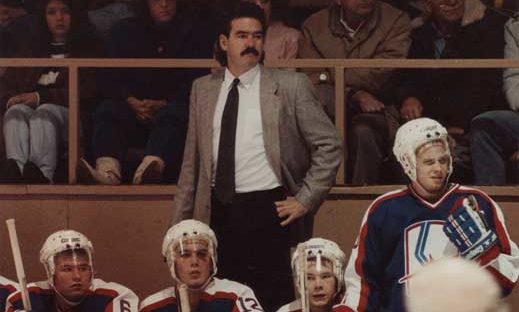
McDonnell was fired after the 1989-1990 OHL season and Smith was retained as coach when the aforementioned Wayne Maxner returned to the Spitfires for another go-round as GM after being let go by the London Knights.
With Smith as coach and Maxner as GM in 1990-1991, the Spitfires put together a 33-29-4 regular season record and upset the favoured Knights in seven games in a thrilling, opening round playoff series.
The next season, the 1991-1992 campaign, Maxner inexplicably fired Smith just 10 games in and named himself coach. But the move did not pay off and within a year, Maxner himself was out of a job in Windsor, never to return to the OHL as a coach or general manager.
Firing Smith was seen by some — including me — as a big mistake on Maxner’s part. And while the late Maxner remained a friend of mine, I never liked the way he treated Smith and simply put, had no reason to fire him.
As for Smith, I always really liked ‘Motor City Smitty’ as a player, a coach and a good guy. And Motor City Smitty is still in the game in a management scouting capacity with the NHL’s Colorado Avalanche.
BRIAN GUSTAFSON. A mere 5-foot-8, 160 pounds, the Kenora, Ontario native remains one of the more fearless performers I have seen in my almost 50 years of covering the OHL.
Nicknamed the ‘mini goon’ by his Windsor coach-general manager Wayne Maxner, Gustafson — aka Gussie — originally made it to the OHL with the Soo Greyhounds in 1976-1977 as an 18-year old, free agent rookie forward.
Acquired by Maxner for Windsor off waivers from the Soo in 1977-1978, Gustafson quickly became a fan favourite among the Spitfires fan faithful, racking up 299 penalty minutes — while scoring two goals, five assists, seven points — in just 32 games.
Despite his small size, Gustafson backed away from no one, engaging in fisticuffs that included much bigger opponents such as future NHLers Al Secord and Willie Huber of the powerhouse Hamilton Fincups.
There was a sign that once hung along the rink boards that said it all about Gustafson: “Gutsy Gus is number one with us.”
ERNIE GODDEN. Originally a later round pick by Kitchener in the 1978 OHL priority selections draft, the small, speedy center never played a game for the Rangers before being dealt to Windsor.
After two solid seasons in Windsor, Godden lit it up like no player in OHL history in 1980-1981 when he scored 87 — yes, 87 — goals for the Spitfires.
Add in 66 assists and Godden finished the ’80-81 campaign with a whopping 153 points.
More than flash and dash, Godden was also a hard worker who played much bigger than his 5-foot-8, 160 pound frame.
As great as he was, Godden also had grit, as evidenced by the 185 minutes in penalties that he served in the same season that he scored those OHL record 87 goals.
BRENT JARRETT. An unlikely superstar, Jarrett was languishing with the Soo Thunderbirds of the erstwhile International Jr. B Hockey League in 1977 when the Soo Greyhounds, who were short on players, called the small center up to the OHL.
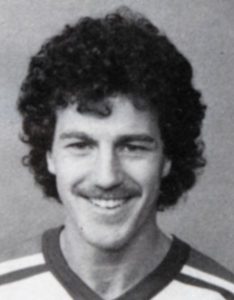
And Jarrett would never return to the Jr. B level, becoming an OHL standout instead.
After parts of two seasons with the Greyhounds, for whom he averaged close to a point per game, Jarrett was traded to Windsor for fellow center Dave Hannan, who had fallen out of favour with Spitfires coach-general manager Wayne Maxner.
Under Maxner, Jarrett became an OHL star in Windsor.
In parts of two seasons with the Spitfires — including an overage campaign — Jarrett busted loose for 44 goals, 124 assists, 168 points in only 90 games.
With speed to burn and a peppery attitude, Jarrett earned his place as one of the more productive Spitfires in franchise history.
ZOLTAN KOVACS. A grinding left winger from Sault Ste. Marie, Zoltan (Toots) Kovacs played in only nine games for the Spitfires during the 1978-1979 season, recording three assists while piling up 45 minutes in penalties.
Never drafted into the OHL, Kovacs went from the Soo Greyhounds to Windsor and back to his hometown team, playing in just 46 games over parts of three seasons between the two clubs.
And while his time in the OHL — especially in Windsor — was brief, Kovacs stood out as a tough, team first, character individual who cherished every single second that he spent in the league.
If his (lack of) skill set would have matched his desire, intestinal fortitude and attitude, Kovacs would have been an OHL star.
Regardless, he makes my list as a favourite Spitfire of all time.
I happened to be in Windsor for one of his nine career games as a Spitfire back in the ’78-79 season and still recall him storming off the bench — to fight, of course — in front of a packed Windsor Arena crowd and the rabid, rowdy fans chanting: “Zol-tan … Zol-tan … Zol-tan!”
Say no more.
BILLY BOWLER. An afterthought as a 13th round pick of the Spitfires at the 1991 OHL draft, Bowler would develop to the extent that he would finish his four year career in Windsor as the franchise’s all time points leader with 467, including 149 goals and 318 assistsSmall in stature and just an average skater, Bowler’s skills and smarts as a play-making center helped take him from 13th round draft pick to OHL superstar. He also played with an edge and had a nasty streak to him.
Several years back, the Spitfires retired Bowler’s no. 9. Bowler has since come full circle and is currently the Spitfires general manager.
EDDY JOVANOVSKI. A hometown Windsor boy, the Spitfires took the hulking defenseman with the second overall pick of the 1993 OHL draft and Jovanovski definitely did not disappoint.
In just two OHL seasons in Windsor before the Florida Panthers made him the first overall pick of the 1994 NHL draft, Jovanovski totaled 115 points in 112 games and racked up 419 penalty minutes from his blue line position.
Jovanovski would go on to play in 1,200 NHL games, including considerable time with Florida and the Vancouver Canucks.
As an OHL star with the Spitfires, Jovanovski was humble and easy to talk to, traits which made him a favourite of mine.
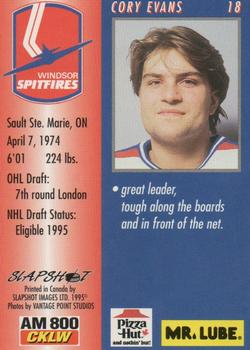
CORY EVANS. Originally a seventh round draft pick of London in 1991, the fibrous left winger from Sault Ste. Marie would play parts of three seasons with the Knights before being traded to Windsor where he became a point per game player with the Spitfires.
Though skating was his drawback, Evans was an on-ice leader for the Spitfires with a crashing, rambunctious style that resulted in a multitude of goals, assists and penalty minutes.
Absolutely afraid of no one, Evans once tangled with Soo Greyhounds tough guy Brian Goudie and more than held his own with the fearsome enforcer.
Hard work and a relentless approach led to Evans playing three full seasons in the OHL and part of a fourth as a determined individual who became a very popular Spitfire.
CRAIG KENNEDY. Another Sault boy, Kennedy personified consistency after the Spitfires took him in the second round of the 1999 OHL priority selections draft.
A sturdy, hard-working right winger, Kennedy played five full seasons in Windsor, totaling 113 goals along the way, playoffs included.
Known for his smarts and leadership qualities, Kennedy quietly rose to become an assistant captain and then captain for the Spitfires before playing at the University of Western Ontario and eventually returning home to the Sault and becoming a school teacher.
MARIO CULINA. Yet another Sault product, Culina joined the Spitfires as an un-drafted free agent from the Soo Thunderbirds of the Northern Ontario Jr. Hockey League in 2015.
Culina would be a valuable backup goalie to starter Michael DiPietro for two seasons in Windsor and was part of the Spitfires stunning Memorial Cup championship team of 2017.
Culina fashioned a two season record of 23-13-2 as Spitfire before joining the Kitchener Rangers as an overage midway through the 2017-2018 campaign.
At last getting the chance to be a starter as a 20-year old, Culina led Kitchener through three rounds of the playoffs before the Rangers finally bowed out to the heavily favoured Soo Greyhounds in Game 7 of the Western Conference finals.
SPITFIRES, HOUNDS ’93-94 SERIES. Even though it ended up being a four game sweep by the Soo over Windsor, the 1993-1994 opening round playoff series between the Greyhounds and Spitfires was full of thrills, spills and extreme dislike between the opponents.
The Spitfires, who squeaked into the Emms Division playoffs as the no. 7 seed with a record of 25-36-5, gave the no. 2 seed Greyhounds and their 35-24-7 record all they could handle.
While the Soo took games one and two at home by 6-2 and 5-2 scores, the Greyhounds barely escaped the series with narrow 2-1 and 3-2 triumphs in Windsor.
Windsor played the Soo tough despite having only a few impact players that included the above-mentioned likes of Billy Bowler, Eddy Jovanovski and Cory Evans.
But with unsung players such as goalie Travis Scott and defensemen Mike Martin, David Pluck, David Geres and Luke Clowes, the Spitfires made a four-game series loss a lot closer than the end result would show.


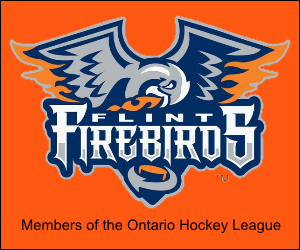














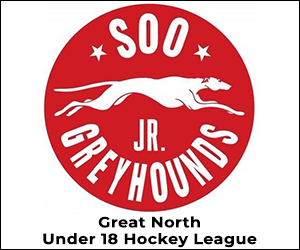



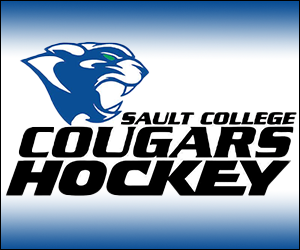

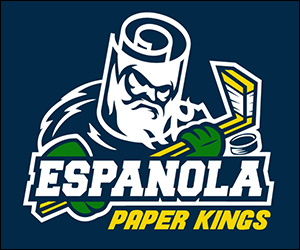







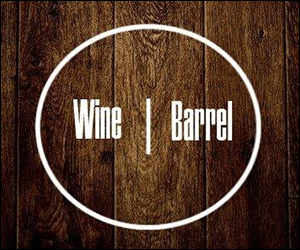








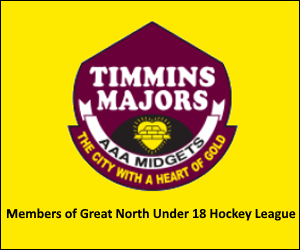





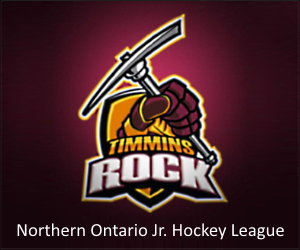






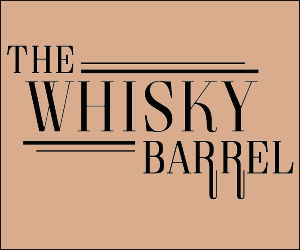
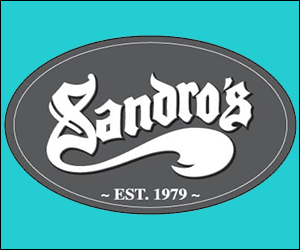


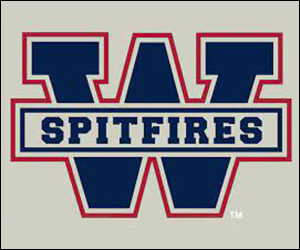







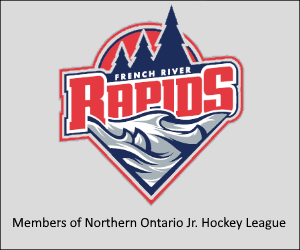



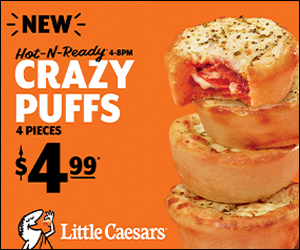

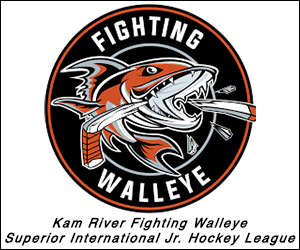

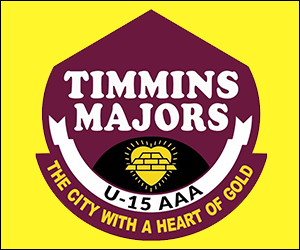











The Windsor Arena was a dump, and a great place to watch a hockey game.
1,500 fans could sound like 4,000.
I watched a black squirrel fall out of the rafters into the faceoff circle during a Hounds-Spits game, bounce once and expire.
My visits to The Barn at Wyandotte and McDougall weren’t complete without encountering vomit on the floor in the men’s room.
Haha great memory! I was also at that game travelling down from the Soo! I remember that squirrel falling from high above the ice! I believe it was due to a reaction to a goal and the corresponding resonance of the crowd exploding to a Spit goal!